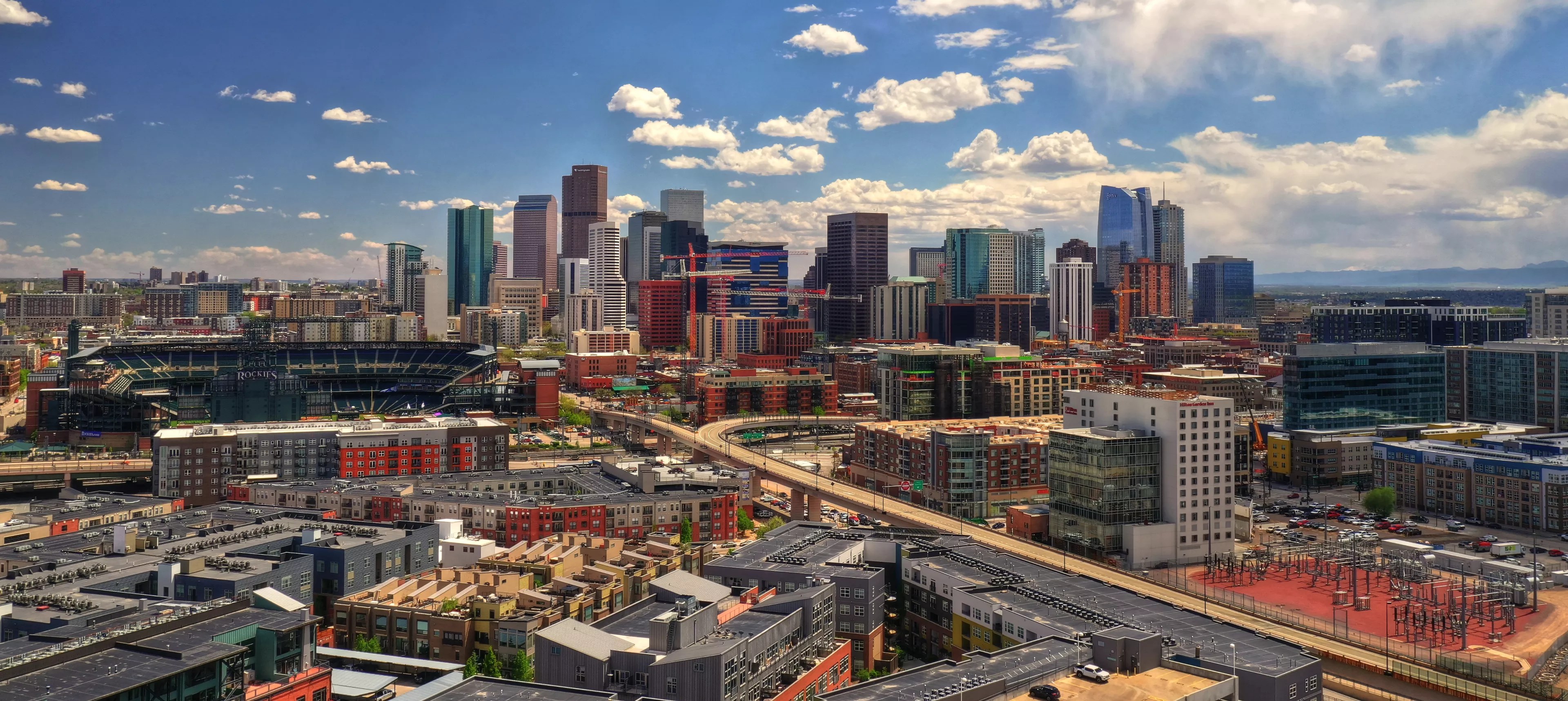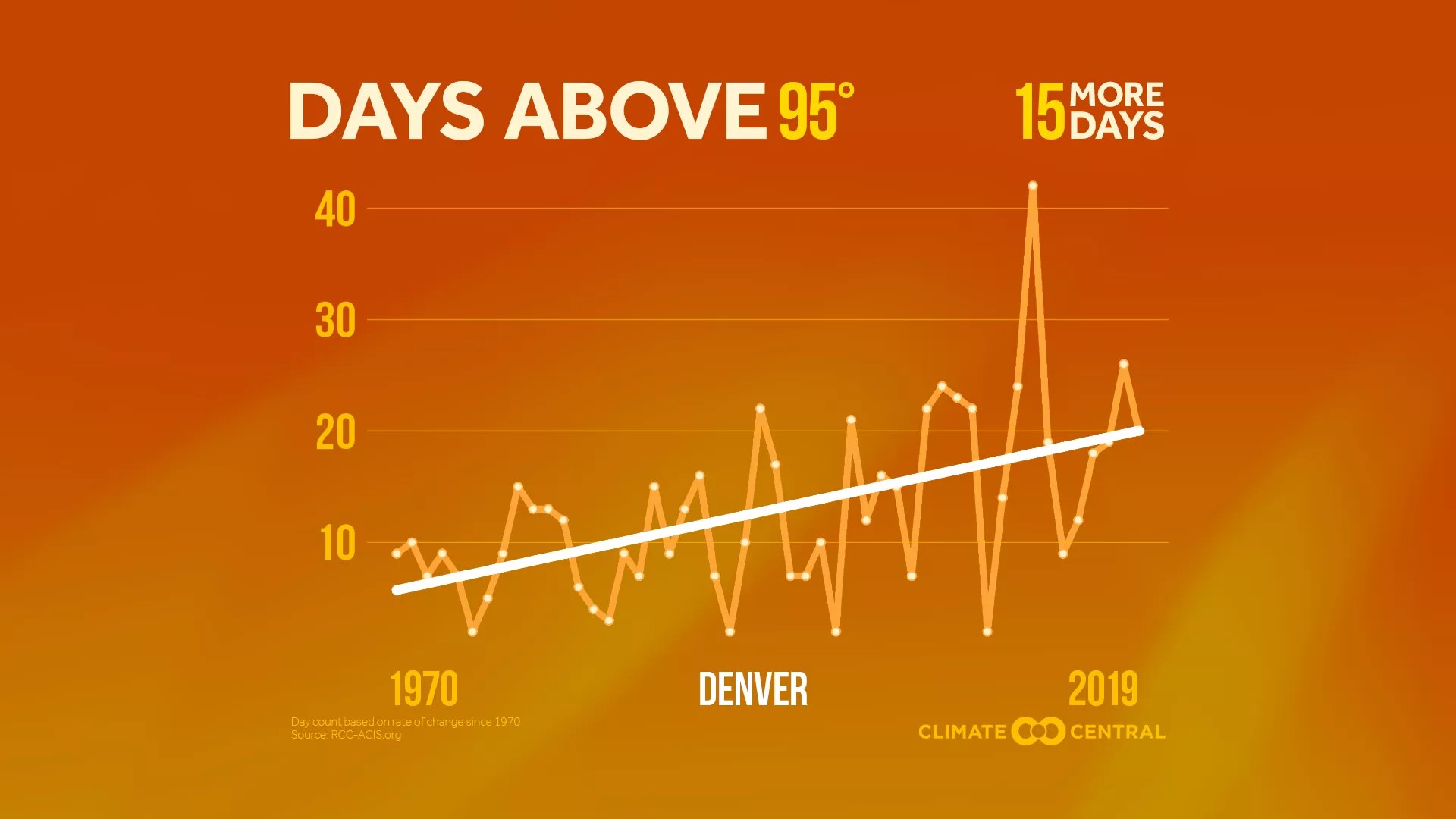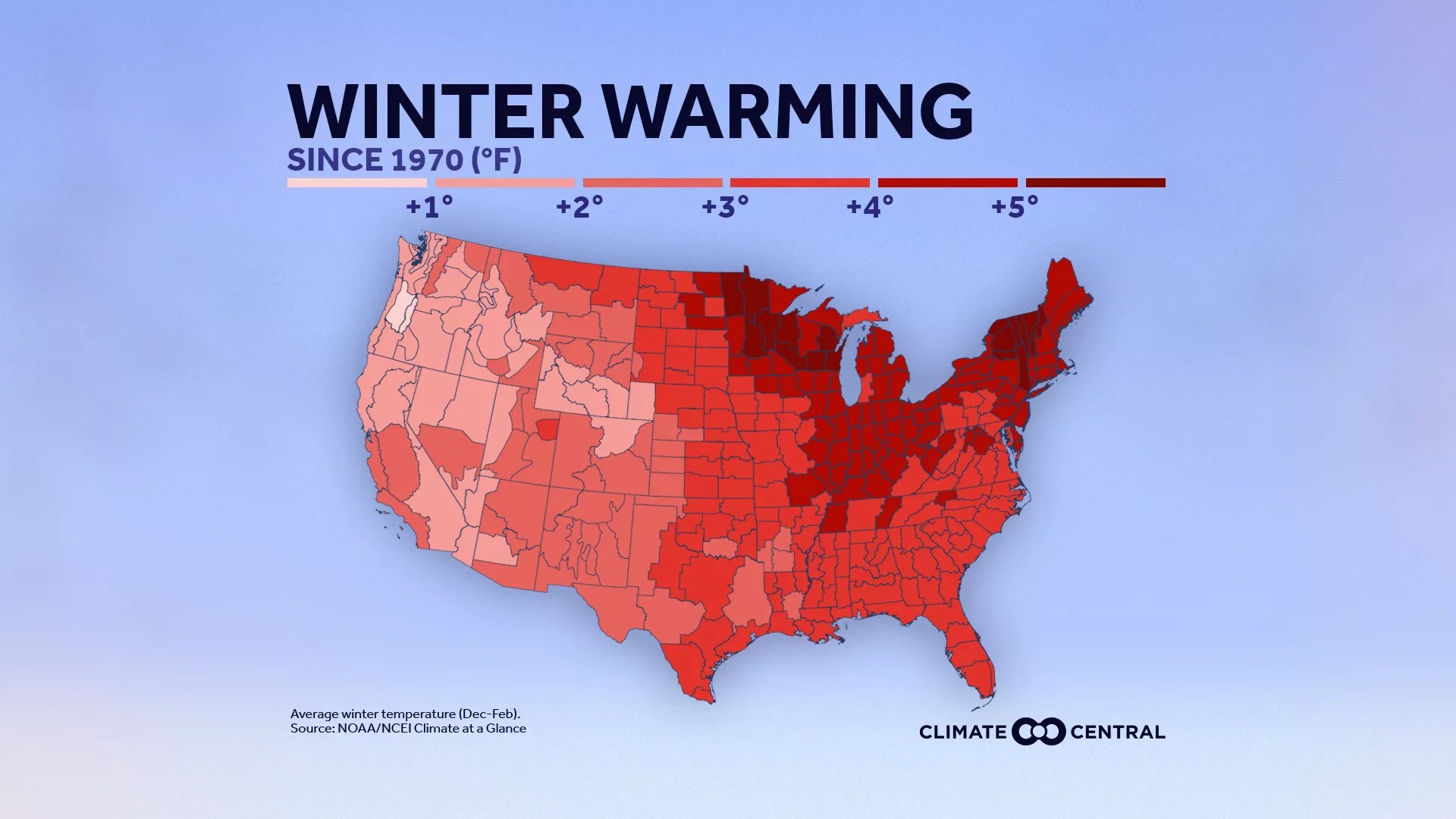
Eric Englis

Audio By Carbonatix
Is everyone thawing out okay? That blast of arctic air was no joke. Just ask the folks on the eastern plains, who haven’t felt a temperature above freezing for almost two weeks straight. Even in Denver and along the Front Range, that bout of cold air kept temperatures below zero for several days. The cold blast made it all the way to the Gulf Coast and the Deep South, in the process leaving a lot of people questioning global warming.
According to Climate Central, a national independent organization of scientists and journalists, 72 percent of Coloradans believe that climate change is real. But that means 28 percent of Colorado residents don’t think climate change is occurring, and the recent weather just heated up their denials: If it’s been so cold, how do we know the climate is warming?
Sigh.
The answer lies in 140 years of climate data, not this week’s forecast. Admittedly, the difference between weather and climate is a timescale issue that’s a little tough to grasp. The easiest analogy I’ve heard: Weather is what you’re wearing on any given day, whether that’s a T-shirt or a jacket, and climate is what comprises your entire wardrobe.
Will you step up to support Westword this year?
At Westword, we’re small and scrappy — and we make the most of every dollar from our supporters. Right now, we’re $23,000 away from reaching our December 31 goal of $50,000. If you’ve ever learned something new, stayed informed, or felt more connected because of Westword, now’s the time to give back.
So when people like me- a meteorologist with nearly seven years of experience communicating the effects of climate change on TV and in magazine articles – mention climate change, we’re talking about the change in our weather over a span of several decades, not the change in our weather from one day to the next.
Here are some of those long-term changes, documented by the National Oceanic and Atmospheric Administration and Climate Central:

The number of days that Denver reaches 95 degrees has increased, with fifteen more days of intense heat now over 1970.
Climate Central
The seven warmest years on record for the globe have all occurred since 2014. (If you doubt this, think about the weather you’ve experienced right outside your door.)
January 2021 was the 45th consecutive January and the 433rd consecutive month (that’s 36 years straight…) with temperatures above the twentieth-century average around the world.
And that was definitely true for Colorado, which recorded above-average temperatures in January after last year, which was hot with dry conditions as a whole. Late in 2020, we had a wild, early-season snowstorm that followed the hottest August ever recorded, as well as our worst wildfire season and a growing and persistent drought that’s continuing in 2021. All this is a result of a changing climate.
Fall is the fastest-warming season in Colorado. Since 1970, Colorado’s average temperature during September, October and November has warmed more than a half-degree Fahrenheit. Spring, summer and winter have all registered warming trends as well. The Western Slope is warming faster during the summer and winter than any other area of the state, and the San Juan Mountains are warming faster in the spring.
But all parts of Colorado are warming. That’s undeniable.

Mos tareas of the country have experienced warming temperatures during December, January and February combined. Colorado has seen a 1 to 2 degree increase in winter temperatures.
Climate Central
I repeat: Every season – winter, spring, summer and fall – is warming in Colorado. This isn’t a guess; this is based on scientific data. So when you’re hanging out with your friends or your fam and talking about how darn hot it’s been or how cold it’s been and how you don’t ever remember such a [insert wild weather event here] happening before, you’re talking about the effects of climate change without realizing it.
The change we’ve seen in our temperatures over the past century was enough to cause our worst wildfire season on record; we now average fifteen more days of 95-degree heat in Denver every summer, compared to fifty years ago. Yes, we can still experience a multiple-day blip of sub-zero air – it’s winter, after all – but those blips are becoming less frequent. It’s simply not as cold, as consistently, as it used to be, and anyone who has lived in Colorado for more than twenty or thirty years can attest to that.
In 2016, the Environmental Protection Agency issued a report on how climate change may impact Colorado. Ready for an eye-opener? Snowpack in Colorado has declined between 20 and 60 percent since the 1950s. Our ground is getting thirstier, thanks to the repetitive drought; most moisture that falls is soaked up by the ground and does not run into streams and reservoirs, causing concern regarding our water supply. Warmer and drier temperatures allow pests to survive longer in forests (we’re looking at you, pine beetle). Lack of water could cut agriculture crop yields in half by 2100. The EPA also notes that seasonal snow will vary in a warming climate, leaving us with no snow or, at times, a wild abundance of snow. And yes, wildfires will increase in size and intensity because of hotter temperatures and drier conditions, and that will exacerbate the air-quality issues with which we’re all too familiar.
So when someone makes a comment on how climate change and global warming can’t be real because “tEmPEraTuReS hAvE bEEn COld fOR a fEw dAys sTrAIghT,” I’m tempted to reply with “What the $!&%? Come on.”
But instead, let’s allow cooler heads to prevail. Climate change is real, and that’s a cold, hard fact.